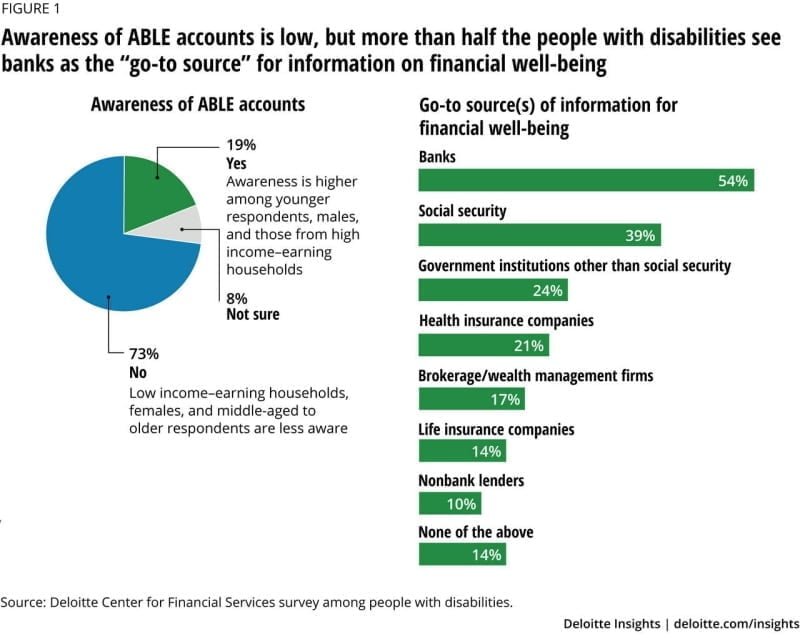Banking on Accessibility: How Institutions Can Better Serve Low-Income Communities
Banking on Accessibility: How Institutions Can Better Serve Low-Income Communities
Access to financial services is a fundamental right in a modern society. However, many low-income individuals and communities face significant barriers to financial inclusion, often due to a lack of accessible and affordable banking options. As banks, credit unions, and other financial institutions prioritize their services, it’s essential to recognize the importance of accessibility and invest in initiatives that promote financial stability and empowerment for all.
The challenges faced by low-income communities are substantial. Limited access to traditional banking services forces individuals to rely on alternative, often expensive and unreliable, financial sources, such as payday lenders, check-cashing services, and pawnbrokers. These alternatives can perpetuate cycles of debt and financial instability. Meanwhile, the lack of financial education and literacy only exacerbates the issue, making it harder for individuals to make informed decisions about their money.
So, what can financial institutions do to promote accessibility and better serve low-income communities? Here are some strategies to consider:
Financial Education and Literacy
Offer free or low-cost financial education programs to provide individuals with the skills and knowledge necessary to navigate the financial system. This can include financial literacy workshops, online resources, and coaching services. By empowering individuals with better financial understanding, institutions can help foster a culture of financial responsibility and set the stage for long-term financial growth.
Branch and ATM Distribution
Expand branch and ATM networks to underserved areas, ensuring that access points are conveniently located and easily accessible. This can include partnering with community-based organizations or non-profits to co-locate branches or ATMs.
Digital Banking Solutions
Embrace digital banking solutions, such as online and mobile banking platforms, to provide flexible and convenient access to financial services. These platforms can help reduce costs associated with maintaining physical branches and increase efficiency for customers.
Low-Cost or No-Fee Account Options
Offer low-cost or no-fee account options, including checking accounts, savings accounts, and credit products. By reducing or eliminating fees associated with traditional accounts, institutions can create more affordable and accessible financial services.
Partnerships and Collaborations
Form partnerships with community-based organizations, non-profits, and government agencies to understand the unique needs of low-income communities. By collaborating with these organizations, institutions can develop tailored services and programs that address specific challenges, such as financial literacy, job creation, and entrepreneurship.
Inclusive Policies and Practices
Implement inclusive policies and practices that prioritize the needs of low-income communities. This can include offering flexible payment arrangements, waiving overdraft fees for vulnerable populations, and providing financial assistance or support services for customers who encounter financial difficulties.
Measuring Success and Transparency
Regularly measure and report progress on accessibility initiatives, ensuring transparency and accountability within the institution. This can include tracking key indicators, such as account openings, financial growth, and customer satisfaction, to gauge the success of accessibility efforts.
In conclusion, the financial industry has a critical role to play in promoting accessibility and serving low-income communities. By investing in financial education, expanding branch networks, embracing digital banking solutions, offering inclusive account options, partnering with community-based organizations, and implementing inclusive policies and practices, institutions can help bridge the financial inclusion gap and empower individuals to achieve their financial goals.




